Deep in the heart of Peru’s Amazon rainforest, indigenous communities have lived in harmony with nature for generations. Their way of life is shaped by the land, the rivers, and traditions passed down from their ancestors. Far from modern cities, they rely on the jungle for food, shelter, medicine, and spiritual guidance. Life here moves at a different pace—one that follows the rhythm of nature rather than the ticking of a clock.
Living Off the Land


For tribes like the Asháninka, Shipibo-Conibo, and Matsés, survival means knowing the rainforest inside and out. Hunting and fishing are essential skills, with men using bows, arrows, and handmade traps to catch wild game. Fishing is just as important, and some communities use plant-based toxins to stun fish in the rivers. Women play a key role in farming, growing cassava, plantains, and fruits like camu camu and aguaje, which are packed with nutrients.
The jungle provides everything they need, but it’s not an easy life. Every meal requires effort—whether it’s setting out before dawn to hunt or walking miles to gather fruit. Yet, for these communities, nature is not just a resource; it’s a living, breathing part of their existence.
Home in the Rainforest
Instead of concrete and steel, homes here are built from the forest itself. Thatched-roof houses called malocas are made from palm leaves and wood, designed to stay cool in the heat and withstand heavy rains. Families live together in open spaces, sharing meals, stories, and responsibilities.

There’s no electricity or running water. Nights are lit by fire, and hammocks replace beds. With no city noise, the sounds of the jungle—chirping insects, rustling leaves, and distant animal calls—become a kind of natural lullaby.
Ancient Medicine and Spiritual Beliefs
In these remote areas, modern medicine is hard to come by. Instead, people rely on centuries-old knowledge of the rainforest’s plants. Shamans, or curanderos, serve as healers, using herbs and rituals to treat illnesses. Some plants, like ayahuasca, are used in spiritual ceremonies meant to heal not just the body but also the soul.
For many indigenous people, every plant, tree, and animal has a spirit. Living in balance with nature isn’t just a choice—it’s a way of life. They believe that when the rainforest thrives, so do they.
Art, Music, and Tradition
Culture is woven into everyday life, quite literally. The Shipibo-Conibo are known for their intricate textile patterns, each design telling a story passed down through generations. Pottery, beaded jewelry, and handwoven baskets are also common, often decorated with symbols representing the natural world.
Music and dance bring communities together, whether for celebrations or ceremonies. The sounds of drums, flutes, and traditional chants echo through the jungle, marking everything from weddings to harvests.
Facing New Challenges
Despite their deep connection to the land, indigenous communities face growing threats. Deforestation, illegal mining, and climate change are putting their way of life at risk. With more outside influences creeping in, some traditions are fading, while others fight to survive.
Still, many indigenous groups are standing up for their rights, working to protect their lands and preserve their traditions. They are finding ways to blend the old with the new—using modern tools to defend their ancestral knowledge and keep their cultures alive.
A Way of Life Rooted in Nature
Life in the Amazon is challenging, but it is also full of wisdom, resilience, and an unbreakable bond with nature. These communities remind us that there is another way to live—one that values tradition, respects the environment, and finds meaning in the simplest moments.
For those lucky enough to visit, the Amazon is more than just a place of beauty—it’s a world where time slows down, and life follows the heartbeat of the jungle.
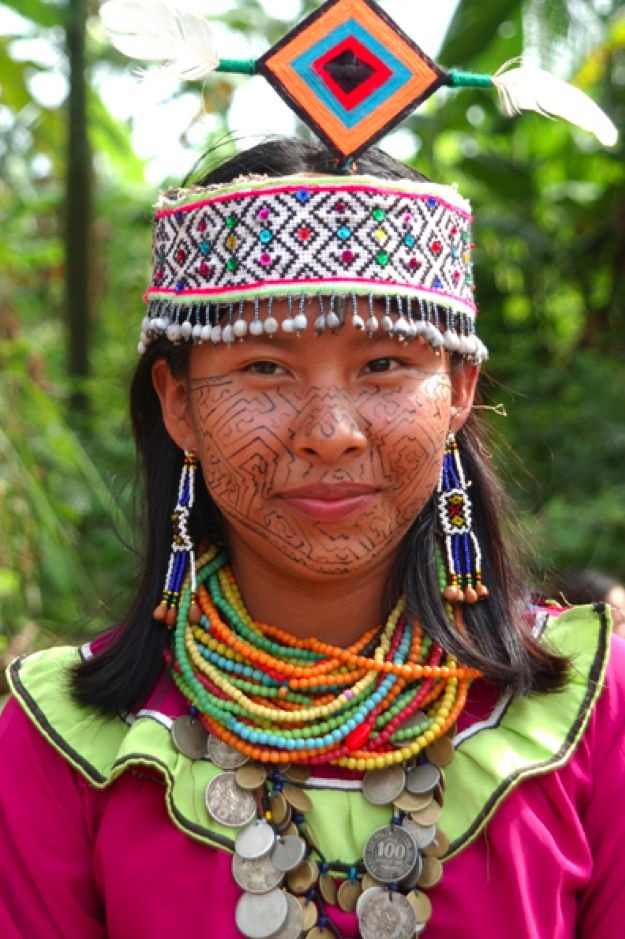
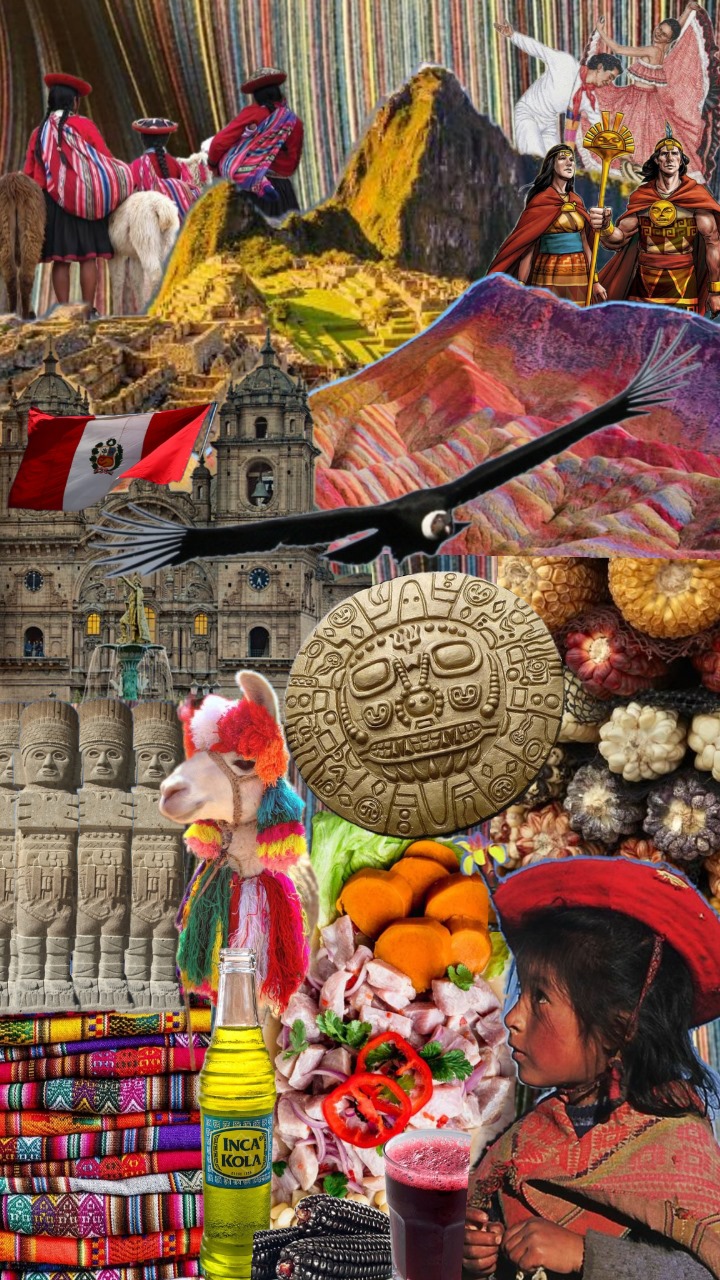
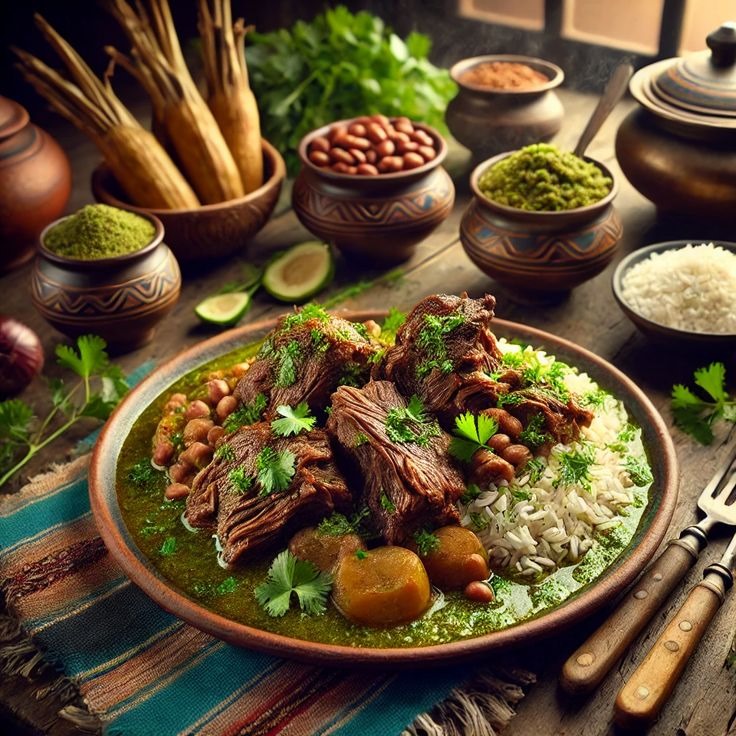



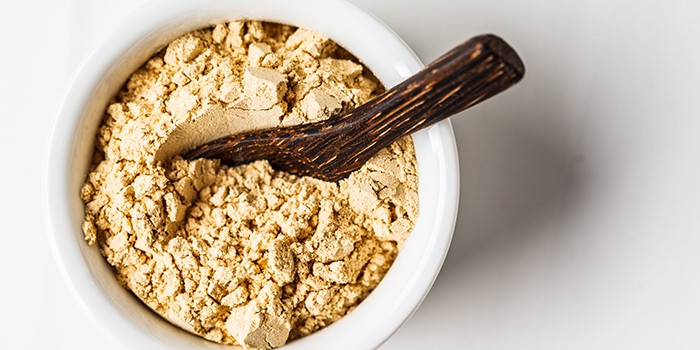
 (2).jpg)
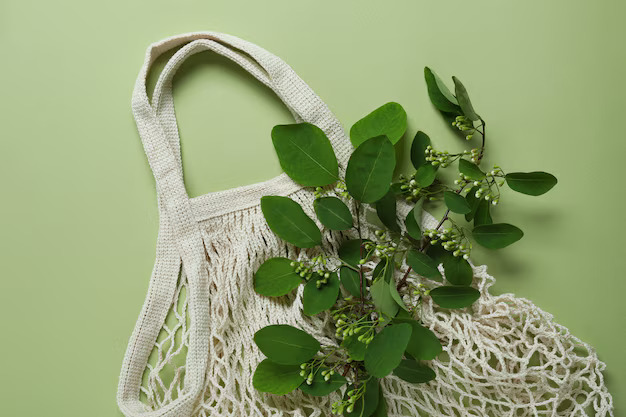


.jpg)






